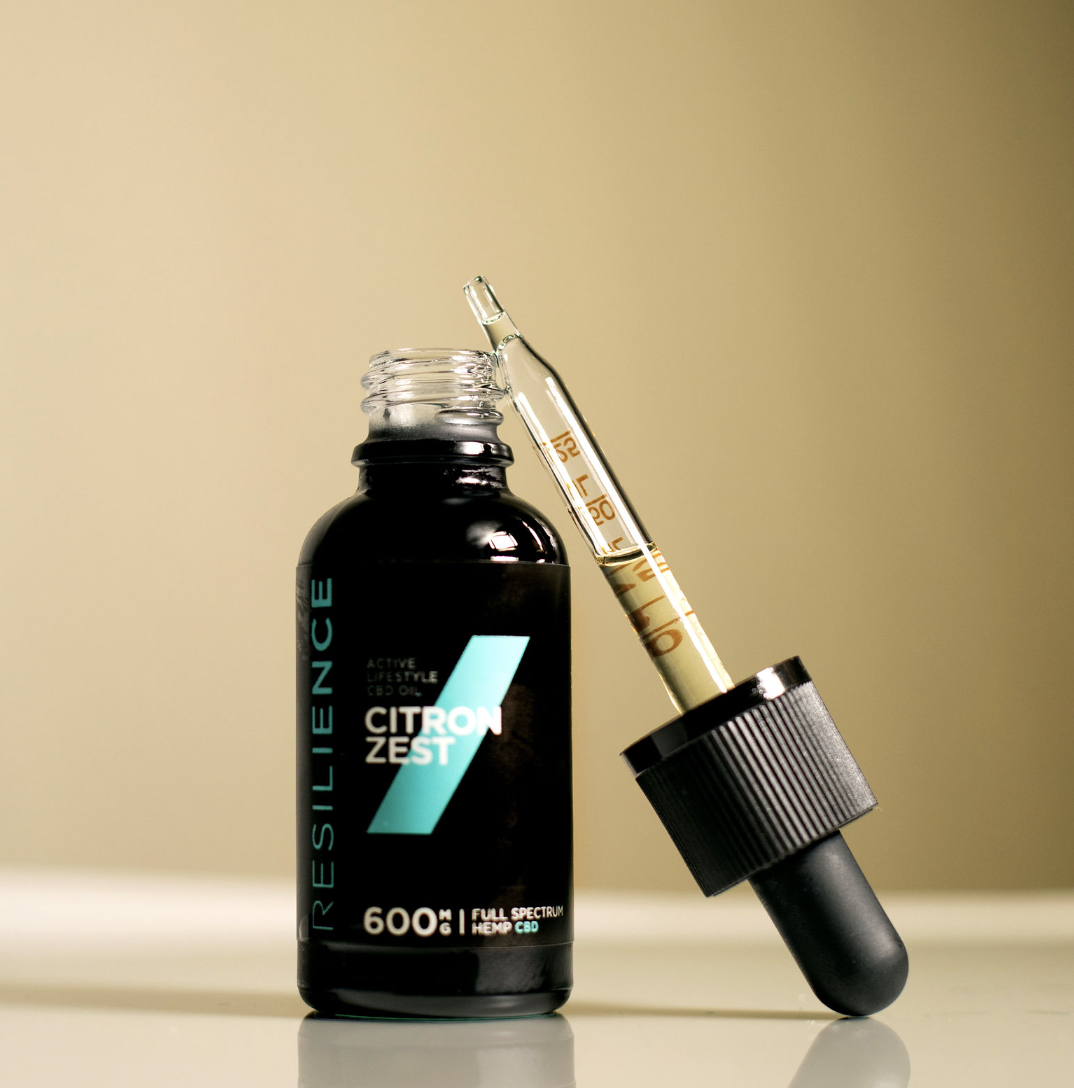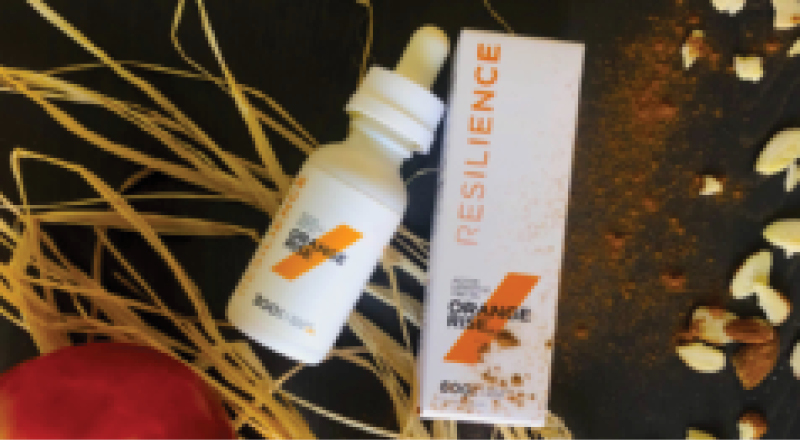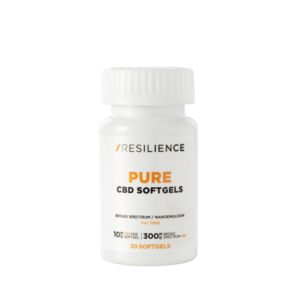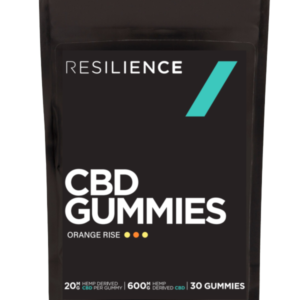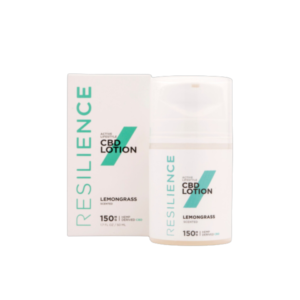
4 Easy Ways To Enhance Workout Recovery
Recovery sounds like the lazy part of running, which is why so many endurance athletes skip it. We want to be taking action, moving forward and continuing to challenge ourselves. Which is why we have to start thinking about recovery as taking ACTION to achieve our goals.
Running Coach, Amanda Brooks, author of the well-known website and book Run To The Finish, is providing us with some of the insights she often shares with her runners. Training isn’t just about finding ways to push through the discomfort, it’s also about treating our body well so that we can continue to put in miles for many years to come.
Keys to Workout Recovery
We know that stress + rest = growth, so how can we optimize that rest time.
Additionally, these tools can help your nervous system to relax which means reducing cortisol levels and helping your body to get back to normal after a hard week of training. Heightened cortisol means inflammation, reduced recovery and increased fatigue during your workouts.
So let’s talk about some EASY and enjoyable ways you can amp up your recovery to keep your training on track.
Massage Therapy
Whether you want to utilize a massage gun or foam roller at home or get a sports massage, spending some time giving your muscles extra attention and love is going to improve recovery.
- Foam rolling allows you to break up the fascia which could be inhibiting your range of motion
- Massage guns provide additional relaxation and can help dampen pain signals
- Deep tissue massage helps release the mitochondria which are essential to muscle repair and energy
- Swedish massage is fantastic for lowering anxiety, improving flexibility and blood flow
Active Recovery
That’s right, rest doesn’t have to mean sitting on the couch all day. Though sometimes it can mean exactly that if you’ve truly gone hard for multiple weeks in a row. But we know that an easy walk, a cruise on the bike and some time outdoors can do a lot for your recovery as well. Perhaps it’s because you can spend that time connecting with friends and family you don’t see during the many long hours of training.
- Walking helps flush out the legs
- Biking allows you to move without the pounding of running
- Swimming provides a full body workout and improves breathing
- Restorative yoga helps to reset your over taxed nervous system and open tight hips
- Hip mobility workouts help to improve your range of motion and work through tightness from workouts
The goal of these active recovery days is to help your body relax, which is to say reduce your cortisol levels and provide your muscles time to repair. You can’t gain strength or endurance from a body that’s overtaxed.
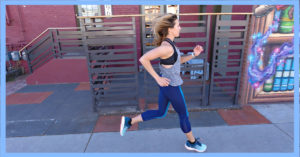 Better Quality Sleep
Better Quality Sleep
There is no better recovery tool than sleep. Which is why I am consistent in using my Resilience CBD every single night. When the body is keyed up from my longest run in ages, it helps everything to relax which ensures I get a deeper more high-quality sleep.
Unfortunately, when we think we should sleep best after a massive week of training, our body is actually tired, but wired. Meaning we have trouble falling asleep or wake up throughout the night.
- CBD helps connect to our bodies natural endocannadoid receptors to create that relaxation
- A consistent routine helps our body know when it’s time for sleep
- Mediation, a short yoga flow or reading can also help to quiet the mind for more restful sleep
Athletes need a minimum of 8 hours, but studies have consistently shown during big training periods that more is better. Consider it part of your training to make time for the ZZZ’s.
I’ve found that Resilience CBD combined with 1MG melatonin is hugely effective for getting me to sleep through the night after a peak week of training. This allows my body more time to rest and repair, so I can go in the cut back week feeling fresh and not exhausted.
Anti-Inflammatory Eating
No good article on recovery can skip nutrition. While I’m not a nutritionist, I’ve worked with many of them over the years to help my athletes and they’ve imparted a few great pieces of advice:
- Pay attention to food sensitives, they can amp up your body’s inflammation
- Eat enough to fuel your activities, underfueling stresses the body further and causes injuries like stress fractures
- Focus not just on carbs for replenishing, but enough protein to prohibit muscle loss from endurance training
- Find ways to sneak veggies in to every meal
- Eat more meals and less snacks, you’ll find your food quality goes up in relation to that
The best athletes know that to improve they have to be consistent in their workouts and consistency comes from not getting injured, which means not only smart training, but making recovery an active part of their program.
If you feel like your program is lacking in these areas, no sweat, start now. Want more from Coach Amanda? You can find her a www.runtothefinish.com or @runtothefinish on Instagram for daily tips
We hope you enjoyed hearing from guest blogger, Amanda Brooks! Share on social with #WeAreResilience or #iamresilience. If you have any questions feel free to contact us at Contact@ResilienceCBD.com or on our Contact page. Rise Up!
 Written by: Michael Tatz | Linkedin
Written by: Michael Tatz | Linkedin
Michael Tatz is the Co-Founder of Resilience CBD, and a passionate leader in the health & fitness world helping others rise to and crush their wildest goals. A former Division 1 college wrestler, Army Officer, and investment manager at Goldman Sachs, he has pushed his body and mind to the limits on the mats, dressed in camo, and in the boardroom.
Today, he spends his time leading Resilience CBD to develop the absolute best recovery products for athletes everywhere. Resilience was founded after CBD personally impacted Michael’s life, and the brand was built to partner with everyday athletes in pursuit of conquering their most difficult challenges, rebounding after their toughest performances, and rising to their goals that once seemed impossible.
Share this Blog post!

